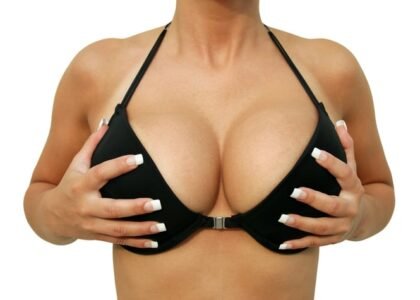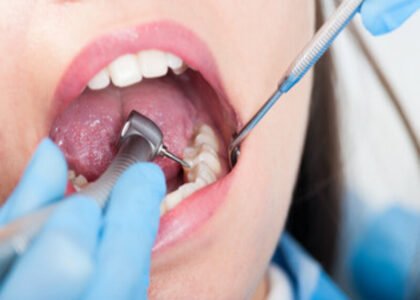Every gym floor, regardless of its original quality or material, has a finite surface life. While hardwood sports floors are renowned for their longevity, their top layers endure continuous punishment from athletic shoes, equipment, and moisture. Scheduling regular gym floor resurfacing is one of the most important steps facility managers can take to preserve their investment. However, the frequency and timing of this maintenance procedure can dramatically influence its effectiveness and cost-efficiency.
Understanding Usage Patterns and Their Impact
The first factor that determines resurfacing frequency is how often and intensively the gym is used. A floor in a high school gymnasium hosting multiple sports seasons and daily physical education classes will accumulate wear faster than one in a private facility with limited access. Additionally, special events like assemblies, dances, or community rentals can further contribute to wear and tear.
Industry experts generally recommend resurfacing once a year for heavily used gym floors. For moderate to lightly used facilities, every two to three years might suffice. Still, the key is proactive observation. When you start noticing dulled finishes, faded game lines, or increased slipperiness, it’s probably time to schedule a resurfacing.
Why Summer Is the Ideal Time for Resurfacing
Timing isn’t just about how often you resurface—it’s also about when during the year the work gets done. Summer is widely considered the best time for gym floor resurfacing for several reasons. Schools are usually out of session, reducing disruptions and allowing the floor to cure fully before heavy use resumes. Warmer, more stable temperatures and humidity levels also allow for optimal drying and curing conditions for the finishes applied.
Planning ahead is crucial, as professional contractors often book out several months in advance during these peak maintenance seasons. Teams like Gym Floor Resurfacing work with schools and athletic directors to establish long-term maintenance calendars that align with school breaks and sports seasons.
Consequences of Delayed Resurfacing
Skipping or delaying resurfacing may seem like a cost-saving measure in the short term, but it often results in greater expenses later. When protective finishes wear off, the raw wood underneath becomes vulnerable to moisture, scuffing, and cracking. At that point, resurfacing is no longer an option—you’ll need full sanding and refinishing, which is more costly and time-consuming.
Additionally, a floor in poor condition reflects negatively on your organization. It can impact athlete safety, reduce the appeal of your facility for hosting tournaments or events, and even damage your school or organization’s reputation.
Signs That It’s Time to Resurface
Besides usage and timeframes, specific signs indicate a need for resurfacing. These include visibly worn or patchy finishes, faded or peeling game lines, and an increase in dust or debris even after regular cleaning. Athletes might also report poor traction or a “slick” feeling underfoot, both of which are clear signs the surface is compromised.
Instead of waiting for these issues to worsen, consider establishing a preventative maintenance plan with professional services like Gym Floor Resurfacing. These experts can assess your floor’s condition and recommend a schedule that fits your usage and budget.
Maintaining Between Resurfacing Cycles
While resurfacing is crucial, daily and weekly maintenance also plays a vital role in preserving your floor’s finish. Regular dust mopping, quick spill clean-ups, and seasonal deep cleaning help prevent dirt and grit from wearing away the surface finish prematurely. Avoiding overuse of harsh cleaning chemicals is also important, as they can break down the finish more quickly.
A well-maintained gym floor may even extend the time between resurfacing projects, helping facilities save on long-term costs while still presenting a clean and professional appearance.
Conclusion: Don’t Wait Until It’s Too Late
In conclusion, gym floor maintenance isn’t just about aesthetics—it’s about longevity, safety, and performance. Understanding the optimal timing for Gym Floor Resurfacing is critical to protecting your investment and ensuring uninterrupted use of your facility. With guidance from experienced professionals and a consistent maintenance routine, your gym floor can continue to shine—both literally and figuratively—for years to come.






